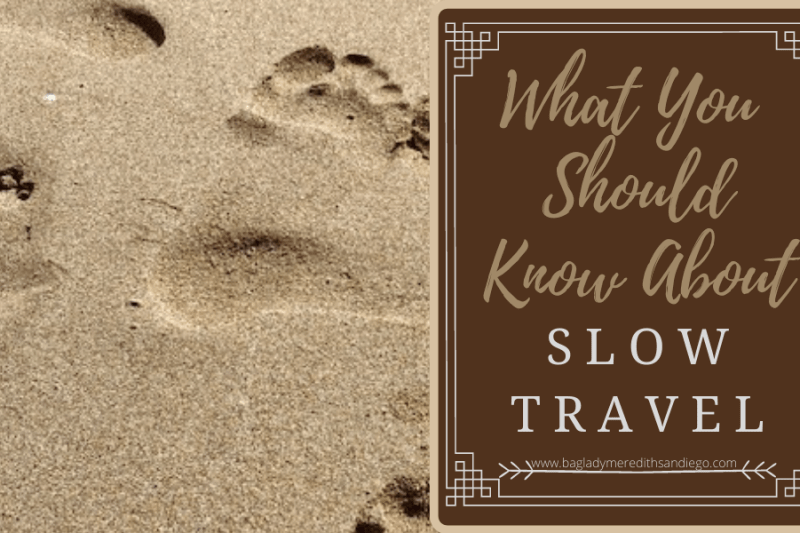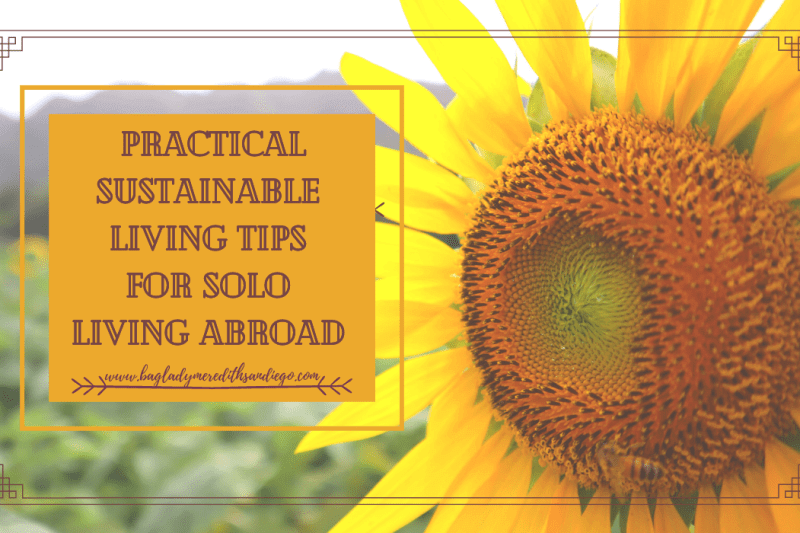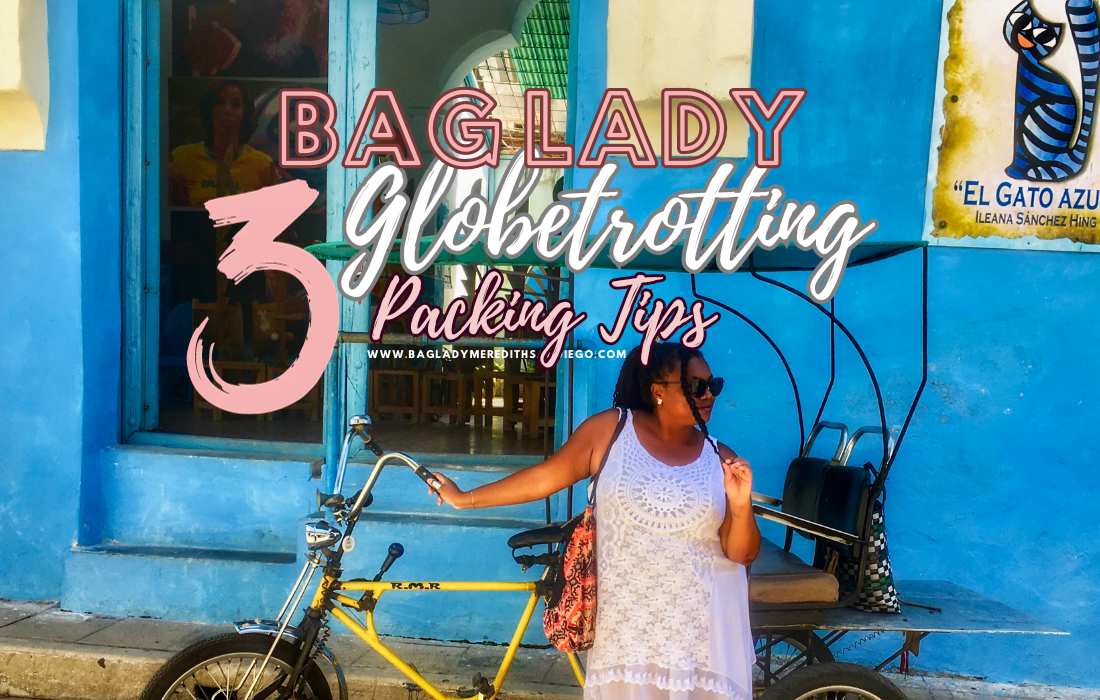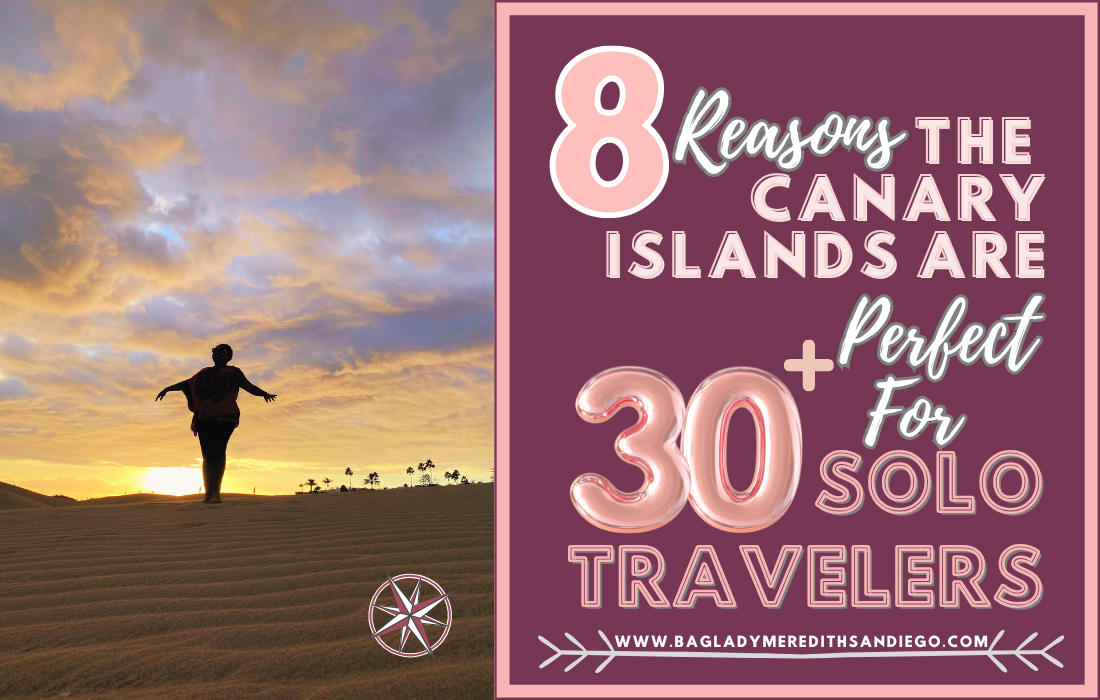Whose wanderlust hasn’t been affected by this pandemic? On the other hand, pandemic-living has forced adventurers of all ages to get resourceful. For some, this includes the introduction of the concept of slow traveling. Although avid adventurers have adopted this method of travel long before border closures and travel restrictions, the terminology has come front and center in travel communities around the globe as of late. Here’s what you should know about slow travel and how it pertains to traveling sustainably.
Slow travel by definition is an approach to travel emphasizing connection.
This connection extends past the normal cross-cultural exchanges we seek in travel such as music, food, or culture, and seeps into the local community leaving a long-lasting and emotional impact.
The increasing trend of slow movement terminology might spark more confusion than clarity. For example, there’s slow food, slow living, and my personal favorite, slow travel. The latter being far less discussed.
As one of the most rewarding human experiences out there, travel has single-handedly been responsible for opening the eyes (and minds) of the most stubborn of human beings. Serving as a catalyst to break down conditioned walls rooted in stereotypes and societal expectations of existing here on planet earth. Slow traveling enriches travel, making memorable and deeply meaningful connections to a culture other than your own.

To put it simply, slow traveling puts selflessness to the forefront of wayfaring by ensuring the locals and the environment around you are positively impacted too.
What else should you know about slow travel? How about the benefits therein.
The benefits of slow traveling
Slow traveling in many ways can be seen as mindful travel. Being present and traveling with purpose can be more of a rush than skydiving or being submerged in a shark tank. A warm smile dripping in gratitude for your presence will change the way you view the world (and your place in it) in general.
Immersing yourself in a destination allows it to make a lasting impression on you. When I reminisce on favorite destinations of my own, each one that comes to mind is a destination that I have slowly traveled through.
Leaning on overland travel as a benefit of slow traveling in the Philippines back in 2018 gave me plenty of opportunities to meet and interact with locals and was a great segway to locals-only recommendations on sights, restaurants, and homestays. As a solo traveler, these gems are priceless. The longer I stayed in one city or on one island, the more at home I felt.
Staying in one place or neighborhood for a prolonged amount of time vs bouncing around is another benefit of slow travel. Not only are you routinely visible to locals, which opens up the opportunity for cross-cultural exchanges, but you are also supporting local businesses by buying locally during your stay.
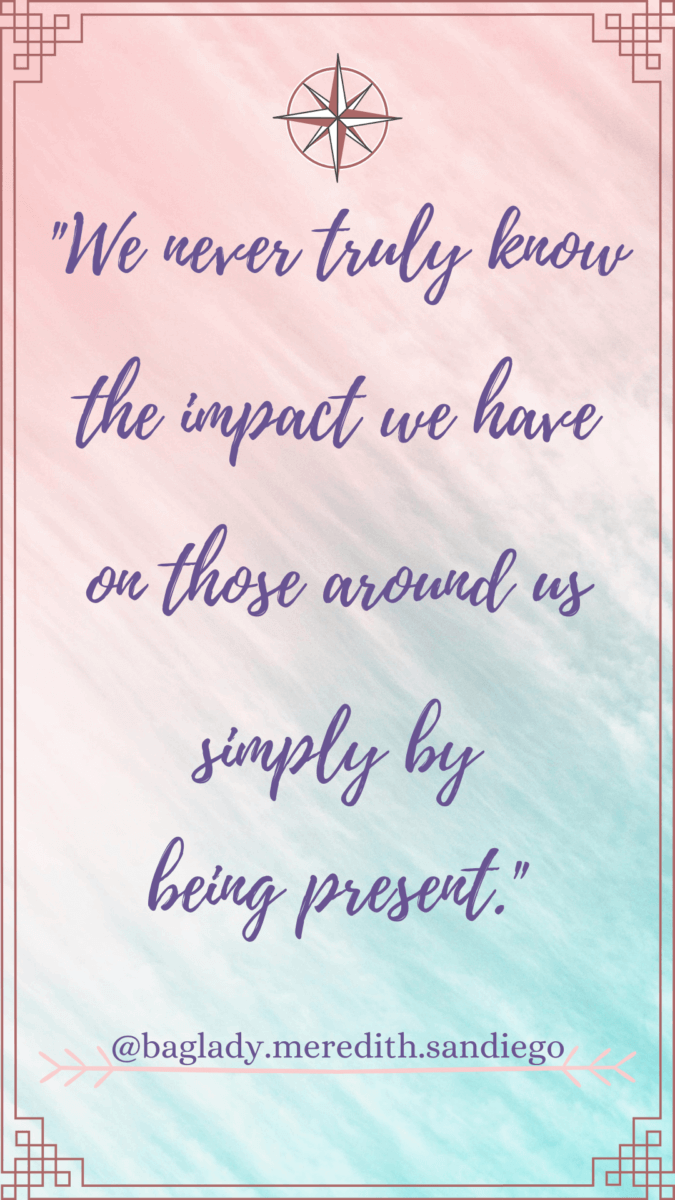
Other noteworthy benefits you should know about slow travel include:
- Improving overall mental health aka recharging your personal battery
- Leave a local or cherished friend, growing your global network as you do
- Life-altering experiences that root you in the positivity of humanity
- A sustainable impact having empowered local businesses/organizations
- Reduce your travel carbon footprint through sustainable travel methods
So what’s not to love about this concept?
Myth-busting slow travel
Despite the obvious benefits of adopting slow travel as a method of adventuring, many people are wary of slow travel for a number of reasons. As I said, travel is individual. As a result, so, too, can be the reasons for not wanting to participate.
The top three myths about slow travel are:
- The length of the stay: Slow travel in many ways is a mindset. Travel industry professionals would argue that slow travel has a minimum time length of one week, others would argue one month. If adopted as a mindset, however, it doesn’t matter how long you travel for, one day or one year.
- It’s too slow: Everything is about balance. Imagine filling every day of your vacation with a new adventure – I do not disapprove of this by the way, because, adventure – to the point where you’re more exhausted when you return than when you left. Pacing yourself is the beauty of the slow travel mindset. When you commit to traveling as slowly as possible, there’s no rush. Do three consecutive days of adventure then four consecutive days of resting, as an example.
- Too off the grid: Slow travel doesn’t equal anti-technology. It does, however, support the concept of digital minimalism and utilizing technology as a tool vs a distraction. There are dozens of helpful apps for slow traveling that can help maximize the experience.
Now that we’ve cleared the air on that. Let’s get to the point, how to adopt this mindset.

How to adopt the slow travel mindset
It may seem far-stretched, but rest assured adopting the slow travel mindset will enrich travel (life) experiences tenfold. Here are some suggestions on how best to adopt a slow traveling mindset.
1. Think of it as living at home or living like a local: Imagine a guest coming to your home or place of business and leaving chaos and mess in their wake. I guarantee it wouldn’t be the best impression that a particular guest would leave. Then why do the same when traveling? Leave it better than you found it is my motto.
2. No need to plan all the details: Plan out the logistics beforehand, but leave the rest of the details to be discovered after arrival. Get to know the land a bit, meet some locals and inquire about off the beaten path options of tourism or connect with community centers to ask after volunteering opportunities.
3. Priorities the “why” of the journey: Select a location that will bring you joy to discover. Accept that doing everything is impossible and find gratitude in the experiences that are able to be executed.
4. Balance the itinerary: Make room for creativity and spontaneity and let go of FOMO. Choosing an experience over material items or the chance to say “I did that too!” wins every time. Seek connection rather than inclusion.
5. Modify spending habits: Spend less and buy locally and only what is necessary. This can be tricky for cultures keen on over consumption (cough:cough, Americans) but will be an empowering experience if modified.
Ultimately, what you should know about slow travel is how important it is to the sustainability of tourism as an industry. One of which millions of human beings around the globe depend on; pandemic, or no pandemic. Understanding what slow travel is, is the first step to adopting the notion of implementing the mentality into future travel destinations. Prove the myths incorrect and dive right into creating the balance of slow travel that suits your preferred method of traveling.
Want to learn more about sustainable traveling methods and ideas? Let me know what elements of it interest you in the comments below.

